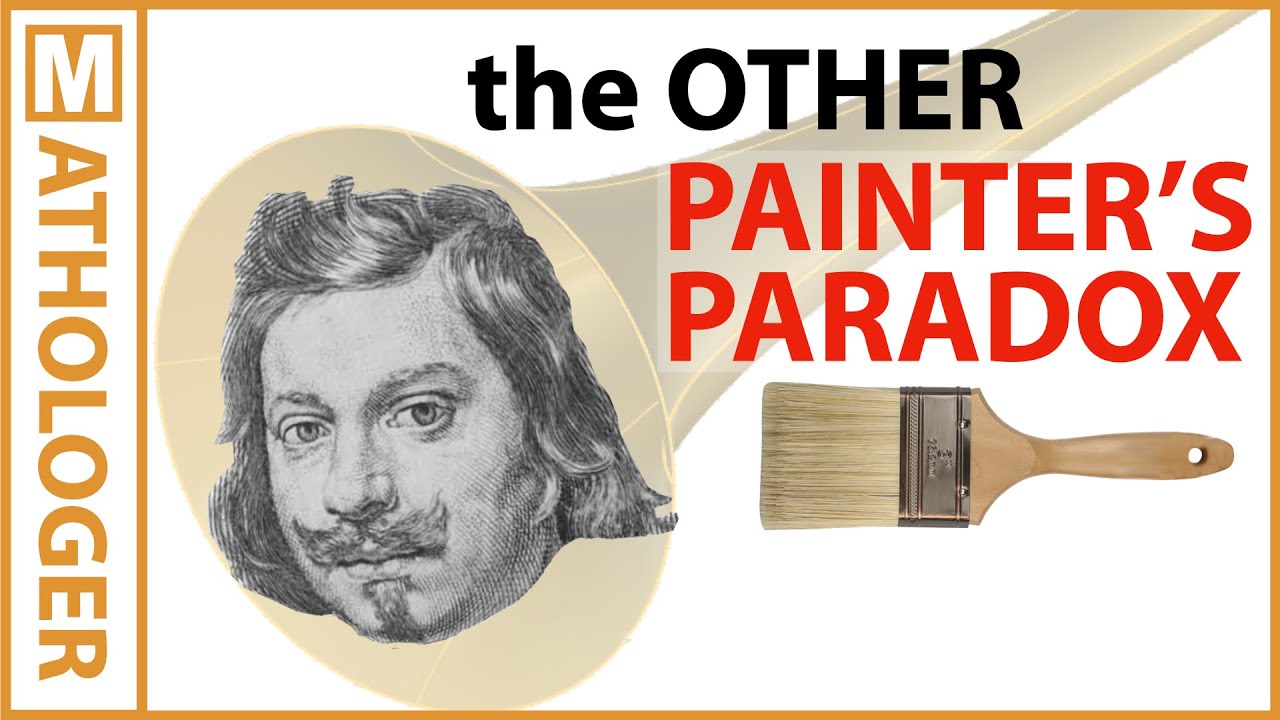Gabriel’s Horn (or Torricelli’s trumpet, or the painter’s paradox) is a geometric figure (formally, a truncated acute hyperbolic solid) which has finite volume but infinite surface area. Thus, while it can be filled by a finite amount of paint, it would take an infinite amount of paint to cover its surface.
The analysis and proof of this is usually done with calculus, but needn’t be. Setting up the definitions of the surface area and volume as infinite series reduces the problem to determining whether the series converge, which can be done by algebraic transformations on their members.
(The resolution of the apparent paradox is that it only occurs in the unphysical pure mathematics abstractions of infinitely extended objects and infinitely scalable and divisible objects. Since both the horn and paint must be made of finite sized atoms in the real world, there are are lower limits both the size of the opening inside the horn and the thickness of a layer of paint which render both finite.)
